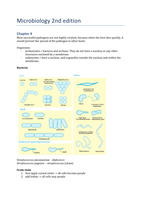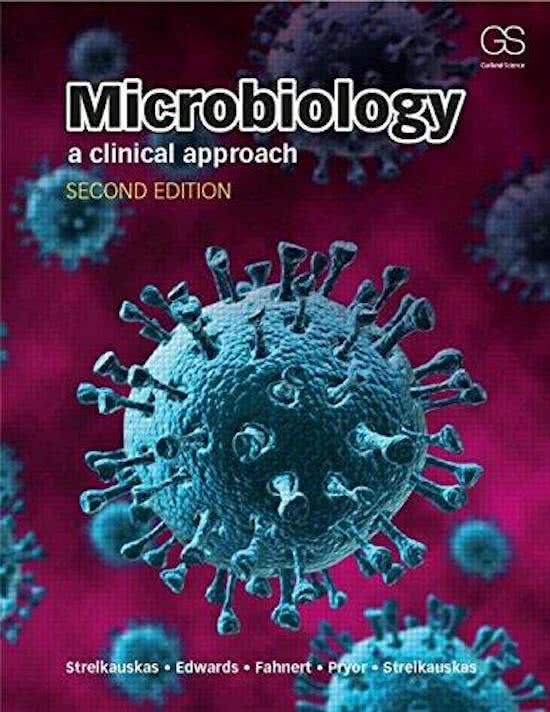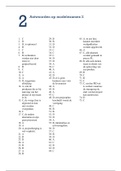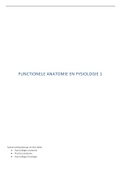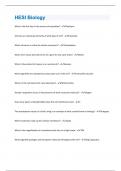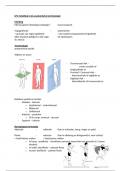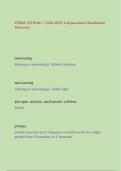Samenvatting
Samenvatting Microbiology, a clinical approach (2nd edition)
- Instelling
- Vrije Universiteit Amsterdam (VU)
- Boek
- Microbiology
Engelse samenvatting van het boek Microbiology: a clinical approach (2nd edition) van Strelkauskas. De samenvatting bevat de hoofdstukken 4 t/m 16, 19, 20, 21: M.tuberculosis,Influenzavirussen, H22: Shigella, Salmonella, V.cholerae, H24:C.tetani, C.botulism, H25:Epstein-Barvirus, H26:Chickenpox (w...
[Meer zien]
